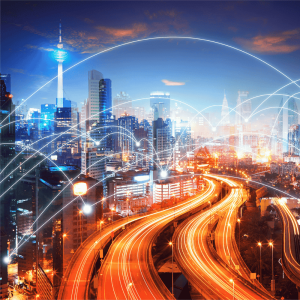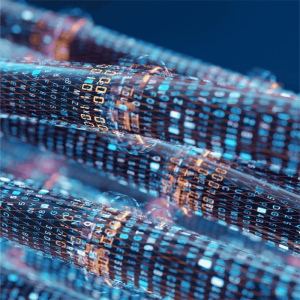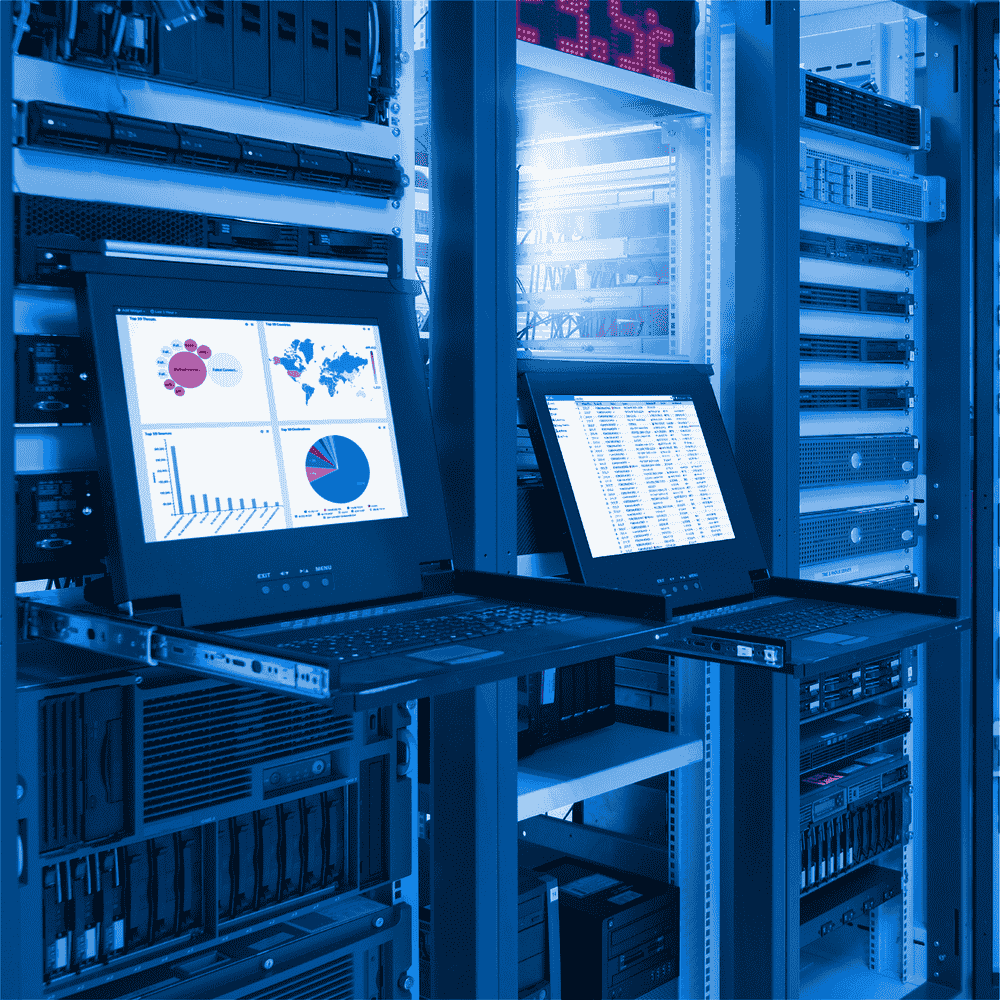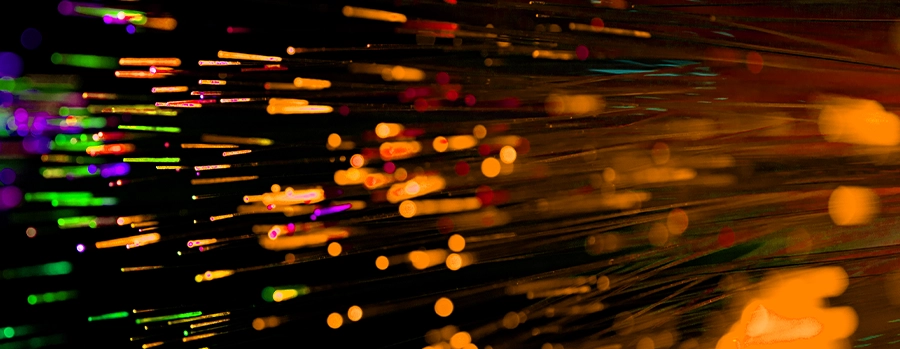Combining Fiber Optics and IoT: The Digital Infrastructure of the Future
Digital transformation is not limited to the internet speeding up or devices becoming more powerful. At the same time, a world where billions of devices are connected to each other, namely the internet of things (IoT), is made possible. IoT is an ecosystem where devices share data with each other to create smart systems. This ecosystem finds a wide range of use from smart homes to smart city infrastructures. However, a strong and reliable connection is needed for these devices to work smoothly. This is where fiber optic technology comes into play. Fiber optic cables form the basis of the infrastructure that provides the high speed, low latency and large data capacity required by IoT.
What is IoT and How Does It Work?
The internet of things (IoT) is a network where smart devices and sensors communicate with each other over the internet. These devices collect data such as temperature, pressure, location and speed and transmit this data to systems that can analyze it in real time. For example, thanks to IoT in smart home systems, lighting, thermostats and security cameras work in integration with each other, providing a more efficient and user-friendly experience. However, this data must be transmitted continuously and rapidly, which necessitates a high-speed and low-latency infrastructure.
The Combination of IoT and Fiber Optics: Why is it Important?
As IoT devices become widespread, the amount of data produced by these devices is also increasing rapidly. Connecting billions of devices in areas such as smart cities, healthcare systems, and industrial automation requires high-speed and reliable data transmission. Fiber optic cables are the ideal technology to meet these needs. So why is the combination of fiber optics and IoT so critical?
1. High Speed and Large Bandwidth
IoT devices constantly produce data and transfer this data to a central server or other devices. Fiber optic cables enable the rapid transfer of large amounts of data by providing data transmission at the speed of light. This provides a critical advantage, especially in areas with intense data traffic such as smart city projects.
2. Low Latency
In IoT systems, low latency is very important for devices to communicate with each other instantly. For example, driverless vehicles must share data with each other and their surroundings instantly. Fiber optic cables provide an ideal infrastructure for such critical applications thanks to their low latency.
3. Reliability and Interference Resistance
Fiber optic cables are resistant to electromagnetic interference. IoT devices can operate in different environments, and electromagnetic interference in these environments can cause interruptions in data transmission. However, fiber optic cables are not affected by such interference and offer reliable data transmission.
4. Long-Distance Data Transmission
IoT is not limited to connecting devices in a building. Especially in smart cities, sensors and devices can share data with centers that are kilometers away. Fiber optic cables can transmit data without losing signal even over long distances. This ensures the smooth operation of large IoT networks.
Areas Where Fiber Optics and IoT Meet
1. Smart Cities
Smart city projects require the integration of many IoT devices such as traffic monitoring, energy management, and environmental sensors. Fiber optic infrastructure allows these devices to share data quickly and reliably. From traffic lights to water distribution systems, all city infrastructures work integrated with each other via fiber optic cables, making it possible for the city to be efficient and sustainable.
2. Industrial Automation
In factories and production facilities, IoT allows machines and robots to communicate with each other and optimize production processes. Fiber optic cables provide fast and uninterrupted data transmission between these devices, forming the basis of industrial automation. Any disruption in the production line is instantly transmitted to other systems and a quick solution is developed.
3. Healthcare
IoT is also revolutionizing the healthcare sector. Patient monitoring devices transmit medical data to hospital systems in real time, allowing doctors to intervene immediately. Fiber optic cables provide uninterrupted communication in healthcare services by ensuring that this sensitive data is transmitted quickly and securely.
The Future of IoT: Based on Fiber Optic Infrastructure
While the possibilities offered by IoT are expanding every day, a strong infrastructure is needed for this technology to reach its full potential. Fiber optic cables are one of the most critical elements supporting the growth of IoT. Offering high speed, reliability, low latency and large data capacity, fiber optic infrastructure is becoming an indispensable component for the development of the IoT ecosystem.
As IoT spreads to more devices and wider usage areas, the role of fiber optic cables is also becoming increasingly important the powerful combination of fiber optics and IoT is building the digital infrastructure of the future in areas such as smart cities, healthcare systems, energy management and industrial automation.






